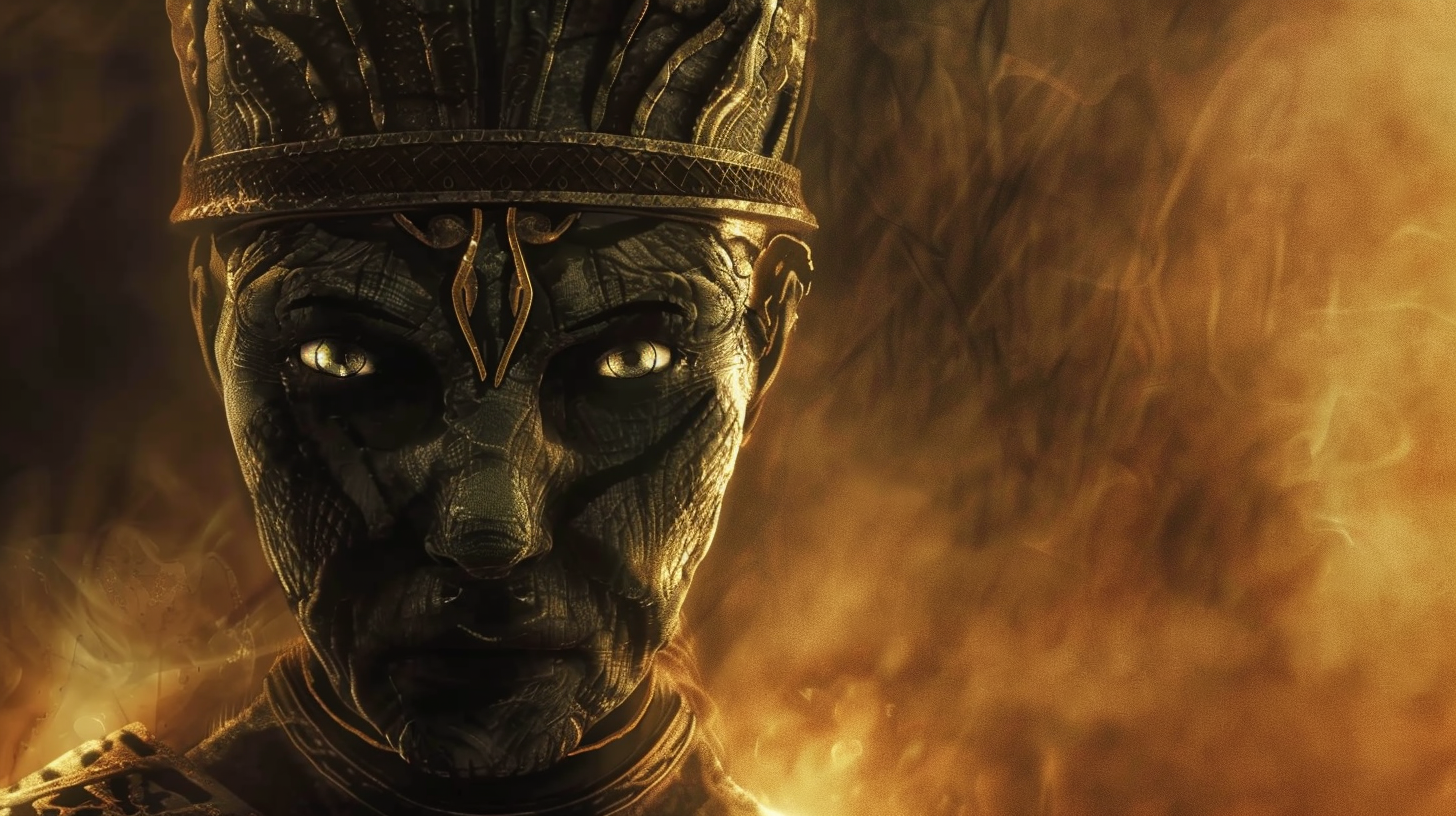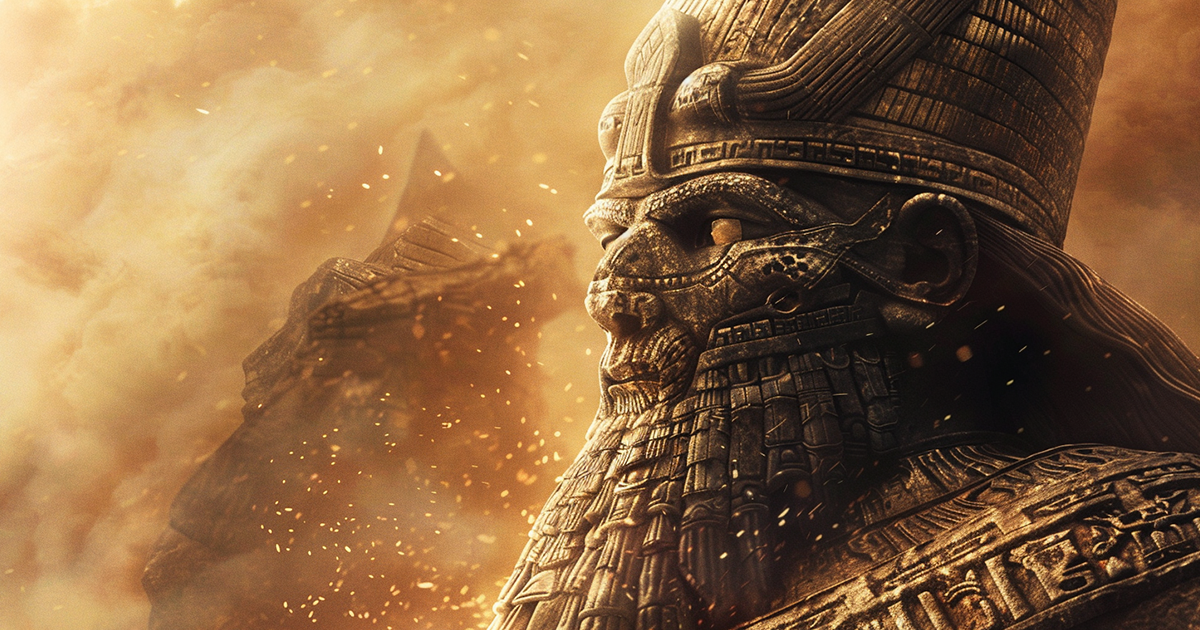Ancient civilizations have always fascinated us with their mysterious origins and advancements hidden behind a veil of secrecy. Stories of gods and divine beings, passed down from the Sumerians to the Egyptians, have left an enduring impact on human history. Among these tales, the enigma of the Anunnaki stands out as one of the most intriguing mysteries.
The sudden emergence and progress of the Sumerian civilization, stretching back over 6,000 years, raise intriguing questions about its beginnings. Some researchers propose a celestial intervention – the Anunnaki.
According to Sumerian beliefs, the Anunnaki were divine entities descending from the skies, possessing knowledge and powers far beyond human comprehension. They were revered as the creators of humanity, manipulating the genetic makeup of our species. Traces in the Sumerian king list hint at a possible extraterrestrial influence on human evolution.
Interpretations by Zecharia Sitchin shed light on the Anunnaki, suggesting their arrival on Earth from the planet Nibiru more than 450,000 years ago. Their objectives included mining for gold and engineering humans to assist in this endeavor. Though controversial, this theory presents an alternative perspective on human origins, challenging established narratives.

Besides their role in creation, the Anunnaki allegedly shared various sciences, including astrology, with humanity, unveiling the mysteries of our solar system. Nibiru, their supposed home planet, completes an orbit around the sun every 3,600 Earth years, causing disruptions when it nears our planet.
But who were the Anunnaki exactly? Translated as “those who descended from the sky,” the term hints at a celestial lineage. Anu, the supreme deity, and his sons Enlil and Enki formed the core of the Anunnaki pantheon. Enki, associated with wisdom and creation, played a key role in shaping human destiny, as per Sumerian legends.
Enki’s involvement in human affairs, including knowledge transmission and potential genetic alterations, offers a nuanced perspective on the Anunnaki’s interactions with humanity. Their actions were filled with conflicts, with rivalries between Enki and Enlil causing catastrophic events such as wars and even nuclear explosions that echo throughout history.
Ancient portrayals of the Anunnaki, featuring symbolic objects like pine cones and handbags, hint at deeper esoteric meanings. The pine cone, representing spiritual enlightenment and the pineal gland, suggests a profound connection to humanity’s spiritual evolution.
Moreover, biblical texts and archaeological findings provide fascinating insights into possible encounters with extraterrestrial entities, intertwining with the narratives surrounding the Anunnaki.
Despite all this, the truth remains elusive, clouded by time’s passage and the myths surrounding it. The pillaging of ancient artifacts from Iraq’s national museum underscores the importance of safeguarding our past, ensuring that crucial clues to humanity’s origins endure the test of time.
Delving deeper into the enigmatic realm of the Anunnaki sparks profound inquiries about our cosmic position and existential essence. Whether real or mythical, the Anunnaki narrative continues to grip our imagination, prompting us to unveil the mysteries of our ancient past and cosmic inheritance.
